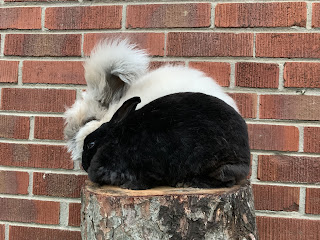The Tip of the Iceberg
The Tip of the Iceberg Written by Al Roland, 1996 Part I: Ready Made Through out my years of showing rabbits, I have found three main types of competitors. The first type is the buyer, they are the individuals who go to shows with stock they have purchased and take credit just like anyone else if they win. If they lose they will often try to buy the rabbit that won, this is, after they have ridiculed and run the judge down for doing a poor job. They will boast that this rabbit owned by them was “Best of Breed” three weeks ago and that the judge does not know a good rabbit when he/she sees one. Many people will buy a grand champion and a month later it will not resemble the same rabbit. I don’t mean to ridicule the person who goes out and buys a good rabbit and later shows it and perhaps makes it a grand champion, you note I said makes, for the person does have a great deal to do with making it a grand champion. Let's discuss how they made it a grand champion. ...


